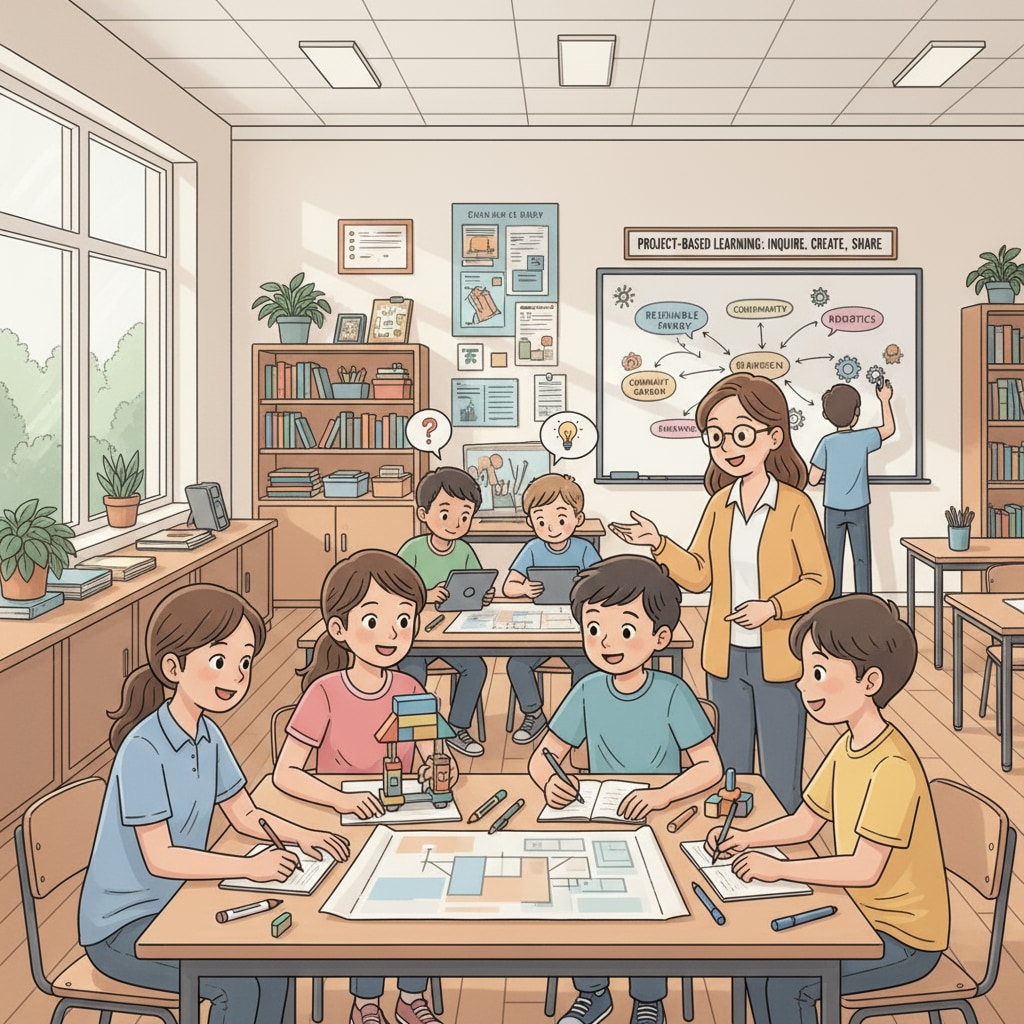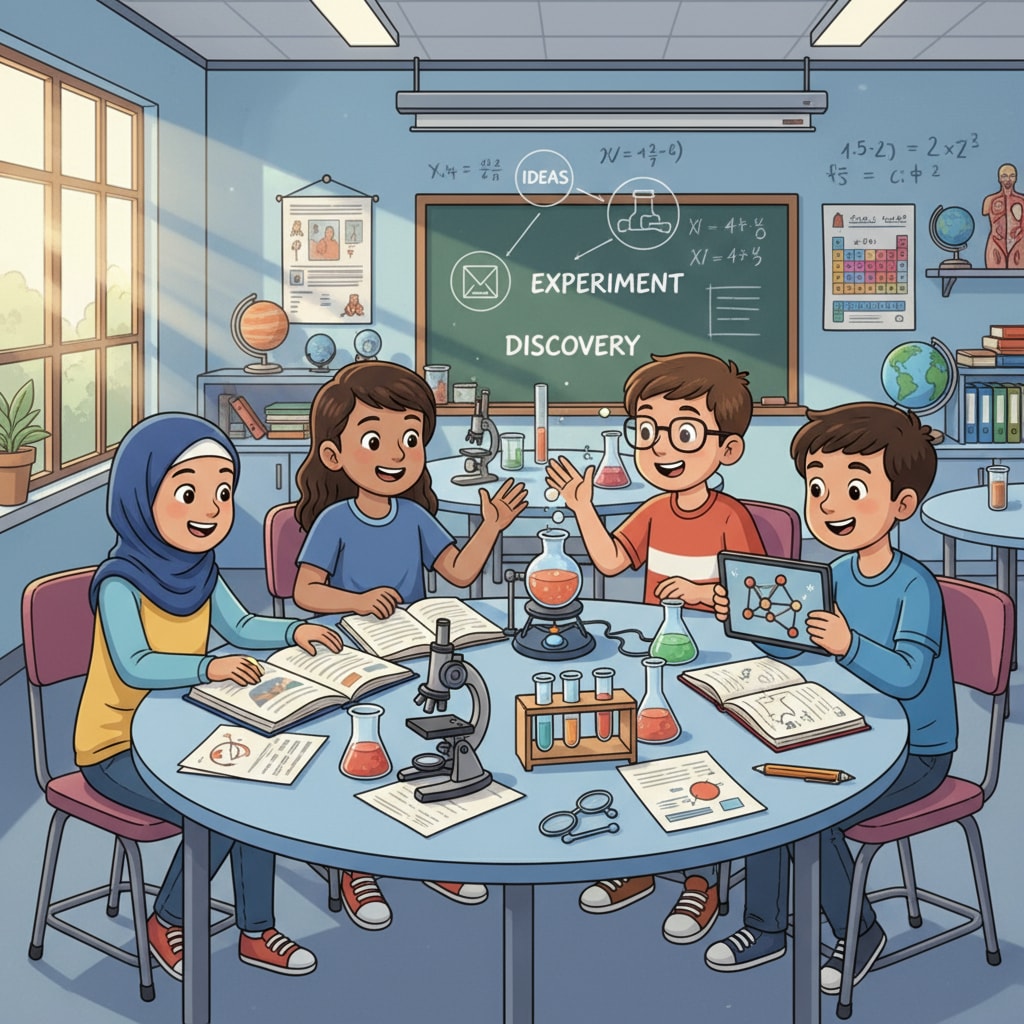In the realm of K12 education, the search for effective homework alternatives, teaching strategies, and ways to boost student engagement has become a crucial pursuit. Traditional homework has long been a staple, but its limitations are becoming increasingly evident. Let’s explore some innovative approaches that can reshape the learning experience.

The Drawbacks of Traditional Homework
Traditional homework often involves rote memorization and repetitive tasks. It can lead to burnout among students, reducing their enthusiasm for learning. Moreover, it may not effectively measure a student’s understanding or ability to apply knowledge in real-world situations. For example, spending hours on math worksheets might not translate to better problem-solving skills in practical scenarios. As a result, educators are seeking alternatives that can engage students more meaningfully.
Project-Based Learning: A Hands-On Approach
Project-based learning is an excellent alternative to traditional homework. It involves students working on extended projects that require them to apply knowledge from multiple subjects. This approach not only deepens their understanding but also enhances creativity and critical thinking. For instance, a science project on environmental conservation could involve research, data collection, and the creation of a presentation. Students are more engaged as they are actively involved in creating something tangible. Project-based learning on Wikipedia

Flipped Classroom Model
The flipped classroom model flips the traditional teaching and learning process. Students watch video lectures or complete pre-class assignments at home, and then use class time for discussions, problem-solving, and hands-on activities. This allows for more personalized learning, as teachers can focus on individual student needs during class. In addition, it encourages active participation and deeper understanding. For example, students can watch a math lecture at their own pace and then come to class to practice problems with peer and teacher support. Flipped classroom on Britannica
Peer Teaching and Group Discussions
Peer teaching and group discussions can be effective substitutes for traditional homework. When students teach each other, they reinforce their own knowledge while also learning from their peers. Group discussions allow for the exchange of ideas and different perspectives. For instance, in a literature class, students can discuss a novel in groups, sharing their interpretations and insights. This not only improves their understanding of the subject but also enhances communication and teamwork skills.
Self-Directed Learning and Inquiry Projects
Self-directed learning and inquiry projects empower students to take control of their learning. They can choose topics that interest them and conduct in-depth research. This approach nurtures curiosity and independence. For example, a student interested in history could research a specific historical event and present their findings. It gives students the freedom to explore and learn at their own pace.
In conclusion, by exploring these homework alternatives and teaching strategies, educators can enhance student engagement and create a more dynamic learning environment. It’s time to move beyond traditional homework and embrace innovative approaches that prepare students for the 21st century.
Readability guidance: The article uses short paragraphs and lists to summarize key points. Each H2 section provides a clear approach to the topic. Passive voice and long sentences are kept to a minimum, and transition words are used throughout to ensure a smooth flow.


